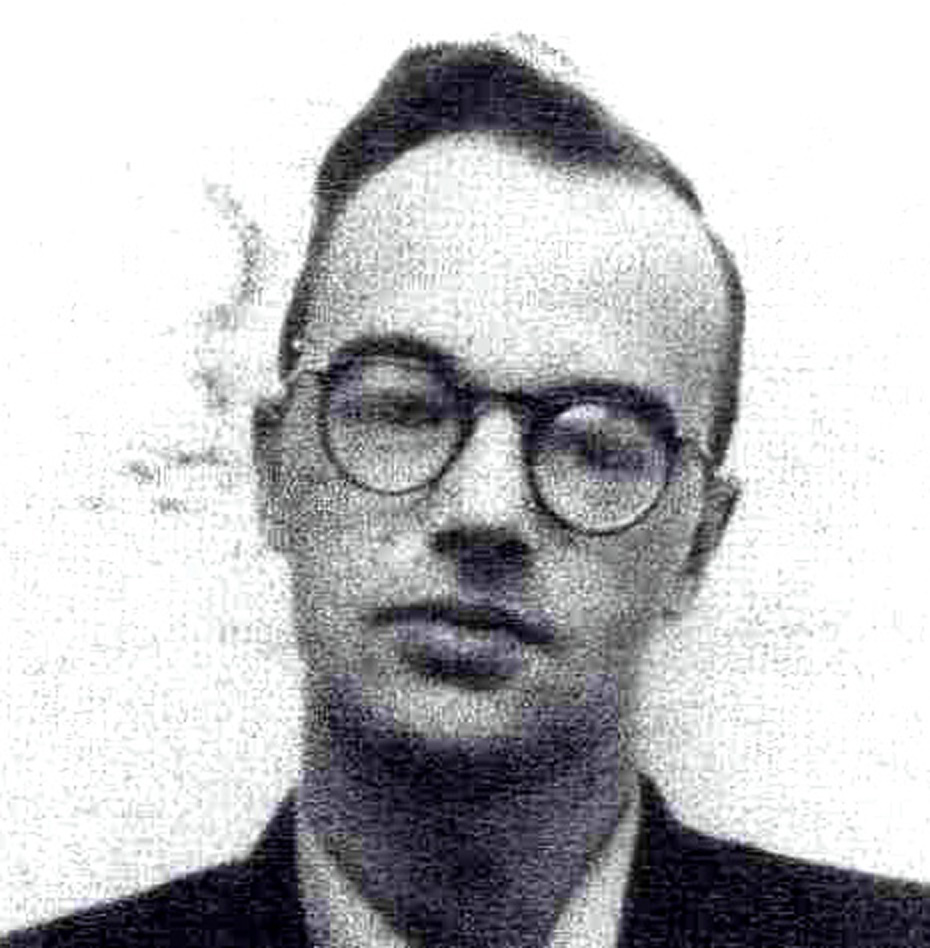Was Klaus Fuchs the perfect spy? In his new book, The Spy Who Changed the World (Headline Publishing Group, London, 2014), Mike Rossiter explores how Fuchs managed to be a trusted and valued colleague to his British, Canadian and American colleagues while routinely passing on the results of their top-secret work to the Soviet Union. A brilliant mathematician who readily mastered nuclear physics, Fuchs used his prodigious photographic memory to replicate diagrams, formula and essential information. The Soviets were given a virtual blueprint for the first atomic bombs, with nothing asked for by Fuchs in return.
Born on December 29, 1911, in Rüsselsheim, Germany, Fuchs grew up in the political and economic turmoil of the Weimar Republic and rise of the Nazis. As the Nazis became increasingly brutal, Fuchs joined the German Communist Party (KPD). After Hitler became chancellor in 1933, the Nazis banned the KPD and sent tens of thousands of communists to concentration camps.
Fuchs escaped to Paris and then to the United Kingdom to continue his studies at the University of Bristol. Here he remained active in organizing campaigns against Nazism and in support of the Spanish Republicans in the Spanish Civil War. In 1934, Fuchs received the first of several grants under the Academic Assistance Council that enabled him to continue his studies. In 1937, he was offered a scholarship to study with Max Born, the co-creator of quantum mechanics. Under his tutelage, Fuchs became an outstanding theoretical physicist. By 1941, Fuchs was working with Rudolf Peierls on the Tube Alloys project, the British effort to investigate the feasibility of creating an atomic bomb.
In August 1943, Prime Minister Winston Churchill and President Franklin D. Roosevelt met in Quebec and agreed to terms by which the United Kingdom and the United States would cooperate on developing an atomic bomb. This included sending British scientists to join the Manhattan Project in the United States. Army Corps of Engineers General Leslie R. Groves insisted that the British give a security clearance to the participating scientists, many of them refugees like Fuchs from Germany and other Nazi-controlled countries. However, the MI5 officers had only one day to review Fuchs’s case. The urgency of the project trumped further inquiry, causing deep concern among some MI5 officers who were experts in communist infiltration and suspicious of Fuchs.
_0.jpg)
At Los Alamos, Fuchs was in the Theoretical Division working with Hans Bethe, Edward Teller and Richard Feynman. Fuchs would often lend Feynman his secondhand Buick to drive to Albuquerque to see his wife, who was in the hospital with tuberculosis. Fuchs must have been very sympathetic as his older brother Gerhard was also suffering from tuberculosis in Switzerland. Fuchs shared an office with his long-time colleague Rudolf Peierls.
For nine years, Fuchs maintained his cover as a spy. Rose Bethe and John Wheeler remember Klaus Fuchs in interviews on “Voices of the Manhattan Project.” In August 1949, under the code-breaking Vernona project, the U.S. Signals Intelligence Service discovered documents sent by Soviet agents in New York in 1944 that were linked to Klaus Fuchs. In September 1949, MI5 started an investigation into Fuchs. In January 1950, Fuchs confessed to an astounding history of espionage the extended over nine years. In his defense for betraying the atomic secrets of the British, Canadians and U.S., Fuchs claimed that he had “controlled schizophrenia.” The judge did not buy this. Instead, he was lucky not to have been charged with treason and given the death penalty. He ended up serving nine years of fourteen years, the maximum sentence under the Official Secrets Act.
Mike Rossiter’s account is a fascinating tale. In many respects, Fuchs was the perfect spy. All along, Fuchs developed trusting relationships, worked very hard and contributed significantly. He was fond of women and had an open affair with Erna Skinner while maintaining a good relationship with her husband, Herbert Skinner, who highly valued Fuchs’s work at Harwell after the war.
Just after the two lovers spent the weekend together, Fuchs confessed. Partly persuaded by Erna, Fuchs also apparently believed from his MI5 interrogator that he would be allowed to continue his theoretical physics work at Harwell. Did Fuchs really think that his espionage only merited a mild reprimand? While we will never know the truth, Rossiter sifts through Fuchs’s life story to piece together a compelling account of the spy who changed the world.





